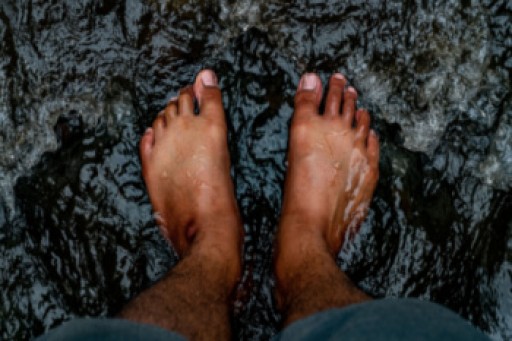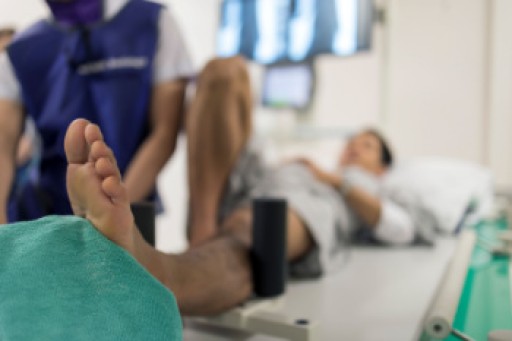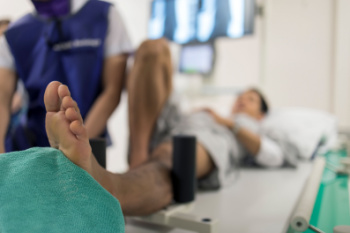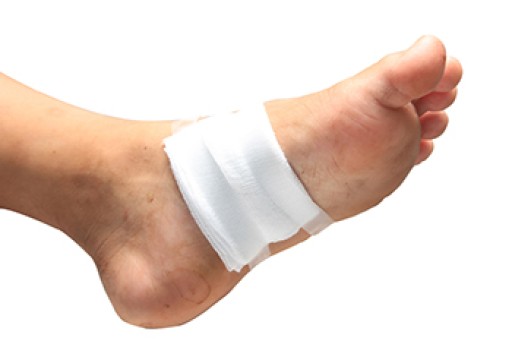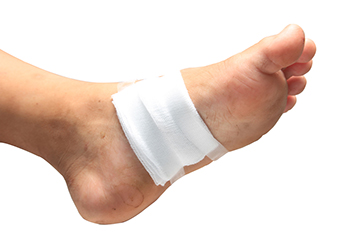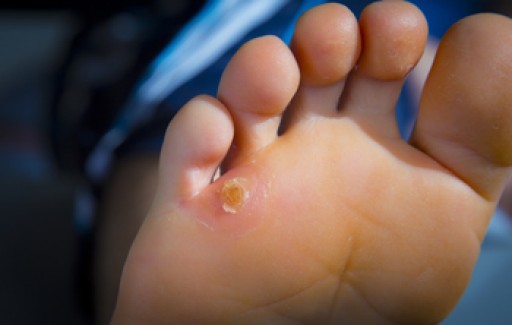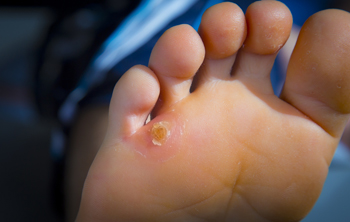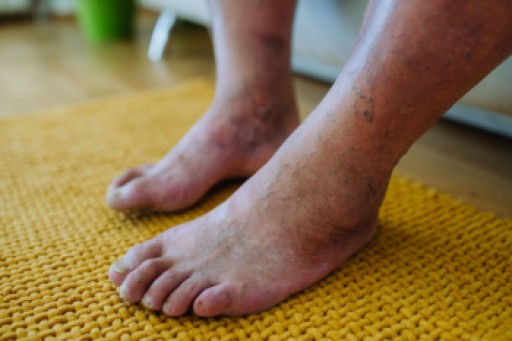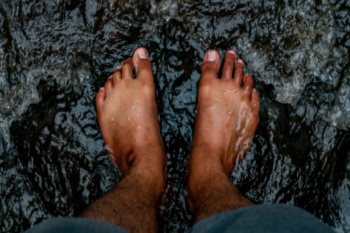
Hammertoe is a foot deformity where one or more toes bend abnormally at the middle joint, causing a downward curve resembling a hammer. This misalignment often affects the second, third, or fourth toes and is caused by muscle or tendon imbalances, often due to genetics, wearing poorly fitting shoes, or conditions like arthritis. The bent toe can cause pain, swelling, corns, and calluses as it rubs against footwear, making daily activities uncomfortable. A podiatrist specializes in diagnosing and treating hammertoe. For mild cases, they may recommend conservative treatments like stretching exercises, wearing shoes with a spacious toe box, and using custom orthotics to relieve pressure. Toe splints or pads may also help realign the joint. In advanced cases, when pain persists or limits mobility, a podiatrist might suggest surgical correction to straighten the toe and restore function, offering lasting relief. If you have discomfort from a hammertoe, it is suggested that you schedule an appointment with a podiatrist.
Hammertoes can be a painful condition to live with. For more information, contact Cary Golub, DPM of New York. Our doctor will answer any of your foot- and ankle-related questions.
Hammertoe
Hammertoe is a foot deformity that occurs due to an imbalance in the muscles, tendons, or ligaments that normally hold the toe straight. It can be caused by the type of shoes you wear, your foot structure, trauma, and certain disease processes.
Symptoms
- Painful and/or difficult toe movement
- Swelling
- Joint stiffness
- Calluses/Corns
- Physical deformity
Risk Factors
- Age – The risk of hammertoe increases with age
- Sex – Women are more likely to have hammertoe compared to men
- Toe Length – You are more likely to develop hammertoe if your second toe is longer than your big toe
- Certain Diseases – Arthritis and diabetes may make you more likely to develop hammertoe
Treatment
If you have hammertoe, you should change into a more comfortable shoe that provides enough room for your toes. Exercises such as picking up marbles may strengthen and stretch your toe muscles. Nevertheless, it is important to seek assistance from a podiatrist in order to determine the severity of your hammertoe and see which treatment option will work best for you.
If you have any questions, please feel free to contact our offices located in Williston Park, and Long Beach, NY . We offer the newest diagnostic and treatment technologies for all your foot care needs.
